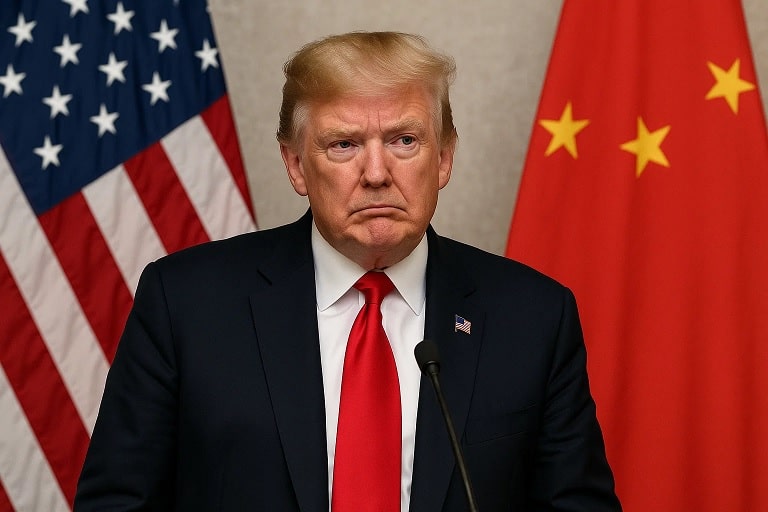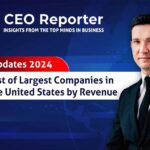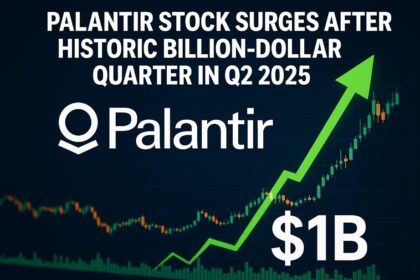Washington, DC, August 10, 2025 – President Donald Trump’s sweeping new tariffs, implemented on August 7, 2025, have ignited concerns among economists, lawmakers, and business leaders, who warn of a “slow burn” threat to the U.S. economy. With an average effective tariff rate now at 18.3%—the highest since 1934—these levies on imports from over 70 countries, including steep duties on Canada, Mexico, and China, are driving up costs, stifling growth, and raising the specter of stagflation. As businesses and consumers brace for higher prices and uncertainty, the administration’s trade strategy risks undermining the economic stability Trump promised to deliver.
A New Tariff Regime: Scope and Scale
On August 1, 2025, Trump signed an executive order imposing tariffs ranging from 10% to 41% on goods from nearly 70 countries, with additional punitive rates announced for India (25%) and Switzerland (39%) days later. Effective August 7, these measures target major trading partners, taxing European Union, Japan, and South Korea imports at 15%, and Taiwan, Vietnam, and Bangladesh at 20%. A 100% tariff on computer chips was also introduced, aimed at bolstering domestic manufacturing but likely to inflate electronics prices. The administration claims these tariffs, building on earlier levies from April 2025, will generate hundreds of billions in revenue and reduce the U.S. trade deficit, which ballooned 38% to $582.7 billion in the first half of 2025.
Trump defends the policy as a tool to force trade concessions and spur U.S. investment, predicting “unprecedented growth.” However, the immediate fallout—stock market volatility, revised-down job numbers, and corporate losses—has fueled skepticism, even among Republicans.
Economic Fallout: A Weakening Job Market
The tariffs’ impact surfaced starkly in the July 2025 jobs report, which revealed a hiring slowdown with only 73,000 jobs added, far below the yearly average of 130,000. Revisions slashed May and June job gains by 258,000, signaling a cooling economy. Manufacturing, retail, and construction—sectors sensitive to trade disruptions—saw significant declines, with manufacturing jobs dropping for three consecutive months. Economists attribute this to tariff-induced uncertainty, which has led businesses to delay hiring and expansion.
Ford Motor reported a $36 million loss in Q2 2025, projecting $2 billion in tariff-related costs for the year. Berkshire Hathaway noted a 4% earnings drop, citing trade policies as a factor, while UPS and Whirlpool reported weaker-than-expected earnings, with the latter cutting its dividend. These losses reflect broader business hesitancy, as firms face unpredictable costs and supply chain disruptions.
Inflationary Pressures: Stagflation Concerns
Economists warn that the tariffs, acting as a tax on imports, are driving inflation, with July’s Consumer Price Index (CPI) projected to hit 2.8% annually, up from 2.7% in June and above the Federal Reserve’s 2% target. Prices for heavily imported goods like toys, appliances, and used cars are rising, with used car prices up 7% year-over-year. Apollo chief economist Torsten Slok described the situation as an intensifying “stagflation theme,” combining sluggish growth (GDP forecast at 1.5% for 2025, down from 2.4% in 2024) with rising prices.
The Federal Reserve faces a dilemma: raising interest rates to curb inflation risks further economic slowdown, while cutting rates to boost growth could exacerbate price hikes. Fed Chairman Jerome Powell, in a July 30 press conference, acknowledged this “challenging scenario,” noting risks to both employment and price stability.
Business and Consumer Impacts: A Ripple Effect
Small businesses, comprising 97% of U.S. importers, are particularly vulnerable. A National Small Business Association report cites economic insecurity as the top challenge, with 60% of owners reporting worse conditions than six months ago. Retailers anticipate price hikes in fall 2025 as import contracts reset, with higher costs for raw materials and goods like apparel and furniture passed to consumers. A Morning Consult survey found 78% of Americans, including 70% of Republicans, worry tariffs will raise everyday costs, with 75% fearing a recession.
Large corporations are also reeling. General Motors reported a 35% profit drop in Q2 2025, absorbing $1.1 billion in tariff costs without raising prices, a trend echoed by other firms wary of public backlash. However, this strategy squeezes margins, potentially leading to layoffs or reduced investment. Consumer spending, which drives two-thirds of U.S. GDP, fell by $29 billion in May, with car purchases down $49 billion, reflecting uncertainty-driven caution.
Political and Global Reactions
Republican lawmakers like Senators Rand Paul and Jerry Moran have voiced concerns. Paul highlighted the delayed impact of tariffs, noting that price increases often lag due to existing contracts, while Moran warned of consumer cost hikes and business uncertainty. A third GOP senator, speaking anonymously, called the jobs report a “significant political problem” for Trump, criticizing the firing of Bureau of Labor Statistics head Erika McEntarfer as undermining data credibility.
Globally, the tariffs have strained relations. India’s exporters, facing a 50% total tariff due to purchases of Russian oil, warn of losing U.S. clients, with 55% of shipments affected. Switzerland’s failed bid to avert a 39% tariff underscores the policy’s haphazard rollout. While Canada and Mexico secured some exemptions under CUSMA, fears of further escalation persist, with Oxford Economics predicting job losses and tighter household budgets if exemptions lapse.
Administration’s Defense and Economic Strategy
The White House dismisses stagflation fears as “panican paranoia,” a term Trump coined to downplay critics. Spokesman Kush Desai claimed Q2 growth and low inflation signal resilience, with tariffs expected to fund tax cuts and reduce the federal debt, projected to generate $5.2 trillion over 10 years. National Economic Council Director Kevin Hassett argued that finalized trade deals lock in rates, minimizing market disruption. Trump himself, posting on Truth Social, warned that only a “radical left court” could derail his economic vision.
Yet, analysts like Mark Zandi of Moody’s Analytics describe the tariffs as a “bright red flare” of economic harm, predicting a pronounced slowdown in the second half of 2025. The Penn Wharton Budget Model estimates a 6% long-term GDP drop and a $22,000 lifetime loss per middle-income household, far outstripping the impact of equivalent corporate tax hikes.
Alternative Perspectives: Resilience and Risks
Some sectors show resilience. The S&P 500 has climbed 25% since April 2025, buoyed by tax cuts signed on July 4. Posts on X reflect mixed sentiments: @shellenberger claimed tariffs had “tiny” inflationary impact and secured favorable trade deals, while @allenanalysis warned of a GDP drop to 1.6% in 2025, down from 2.8%. Canada’s economy, despite initial fears, has seen minimal contraction, with consumer spending rebounding in June.
However, the “slow burn” nature of tariffs—exacerbated by front-running imports before levies took effect—means the full impact may emerge later. Businesses stockpiling goods have delayed price hikes, but as inventories deplete, costs will likely rise, squeezing consumers and small firms.
Conclusion: A Precarious Economic Gamble
Trump’s tariffs, billed as a path to economic security, pose a creeping threat to U.S. prosperity. While generating revenue and pressuring trading partners, they risk igniting inflation, stalling growth, and alienating allies like India, whose space and tech contributions are vital. As the Federal Reserve navigates a tightrope and businesses grapple with uncertainty, the economy faces a critical test. The administration’s bet on tariffs to reshape global trade may yield short-term leverage, but the long-term cost—a potential stagflationary spiral—could redefine America’s economic trajectory.












